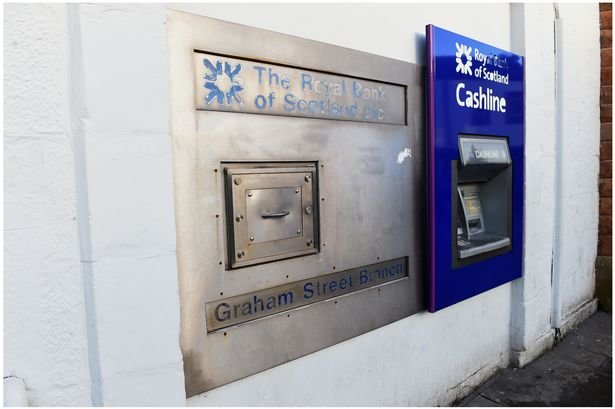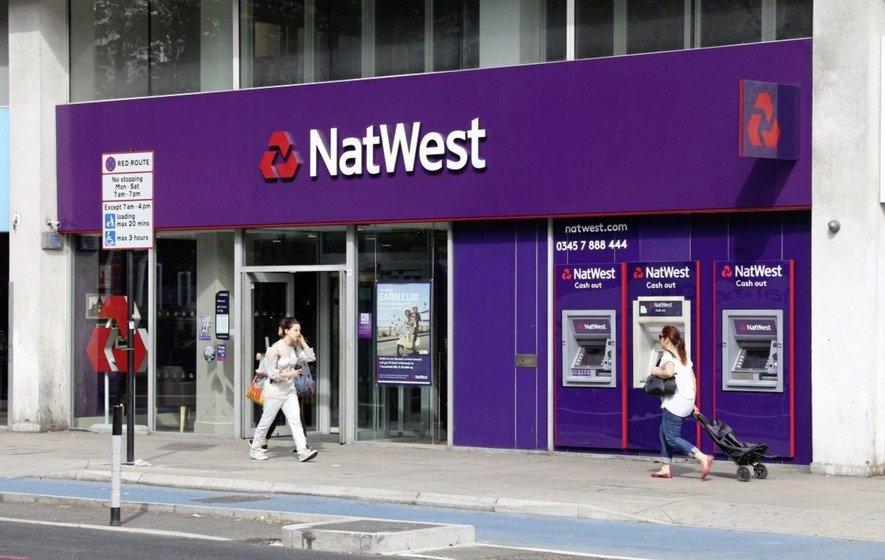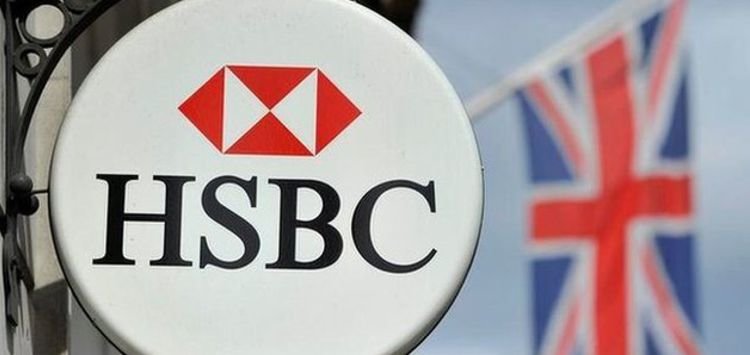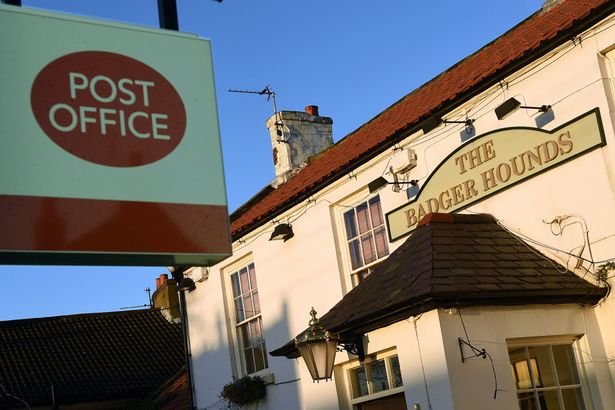According to a report, between 2015 and 2018, almost 300 bank branches have been closed. Witch reported that branches started closing at a rate of 60 per month. The reports also showed that people were facing the financial problems due to this shutdown. The closure was raised in 2016, reports showed.
While in 2017, 879 bank branches were closed. The way banks treat operators, there is also a risk of more financial problems as the machines are being removed from the communities. The reports also explained that almost 2.7 million people are dependent on this method of cash. The most affected area is Scotland in which 368 bank branches were closed.
While elsewhere, 361 branches were closed in Southeast of England, Northwest with 353, Southeast with 327 and Natwest with the worst of them all with 368 branches. This closure was then followed by RBS with 350 branches, Lloyds with 366 and HSBC with 440 closures.

While commenting on this issue, Garreth Shaw, a money expert of Which, said that the bank branches are shutting at an alarming rate of 60 per month leaving customers baffled around the community.
He further said that this is a total commercial decision from the banks and they must think about the communities and customers they are serving. According to expert reports, the closure took place due to rise in mobile banking and it was further reported that HSBC alone loses half of its customers in the past five years due to rise in mobile banking. According to the data gathered by Which, Natwest has the worst numbers in branch closures as almost 638 branches have been closed until now. Natwest was then followed by RBS, HSBC, and Lloyds.

A spokesman of the UK finance said that before bank closure other options like reducing bank hours or staff were also under observation. As the local communities are directly linked to the banks, the decision was then made after taking into account all other options.
However, alternate ways to access bank were provided and the impact of bank closure was also tried to reduce. According to a report, the bank visits have been dropped quarterly and this is all due to the technology that enables customers to use banking services at their preferred time. The spokesman further said that with the mobile banking, people can now check their balance, transfer funds digitally and that’s what makes the branch visits less significant.

On the other hand, mobile banking is not for everyone and that’s why banks have opted to open 11,500 post offices for its customers. And these stats show that now there are plenty of branches that customers can visit. The spokesman said that the aim is no one should be left behind and that’s why banks have invested in many new ATM’s to reach out to the remote customers as well.
Lloyds, while closing its branches, said all these branches also have a nearby post office so the customers can visit them for managing their financial activities. The statement further stated that Post Office branches remain open for a longer period of time as compared to the normal bank branches. While speaking on the issue, the director of Post Office Martin Kearsley said that they want to make life easier for their valued customers who do business with them every day.

Post Offices offer same services as provided by the banks and customers can use offices for checking balance, withdrawing cash and for many other bank services. However, there are some services which are not available at Post Offices and include speaking to a mortgage adviser, review bank loan options, and applying for a new card reader. Many of these facilities are available via bank’s official app and many of them aren’t. Almost 99% of the customers can visit Post Offices for availing banking services and those who can use a Post Office include:
- Cashplus
- CAF
- Barclays
- Allied Irish Bank
- HSBC
- Natwest
- Northwest
- Thinkmoney
- The Royal Bank Of Scotland
- TSB Bank
- The Co-operative Bank
- Lloyds Bank
- Nationwide
- Smile
- Santander
- Ulster Bank
- Yorkshire Bank





